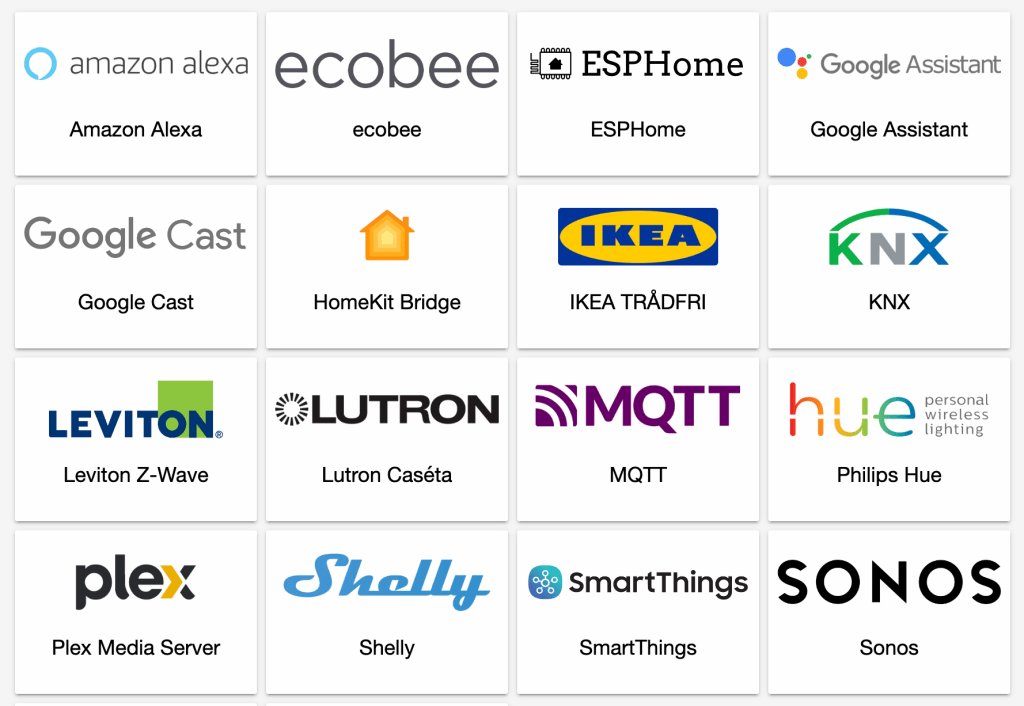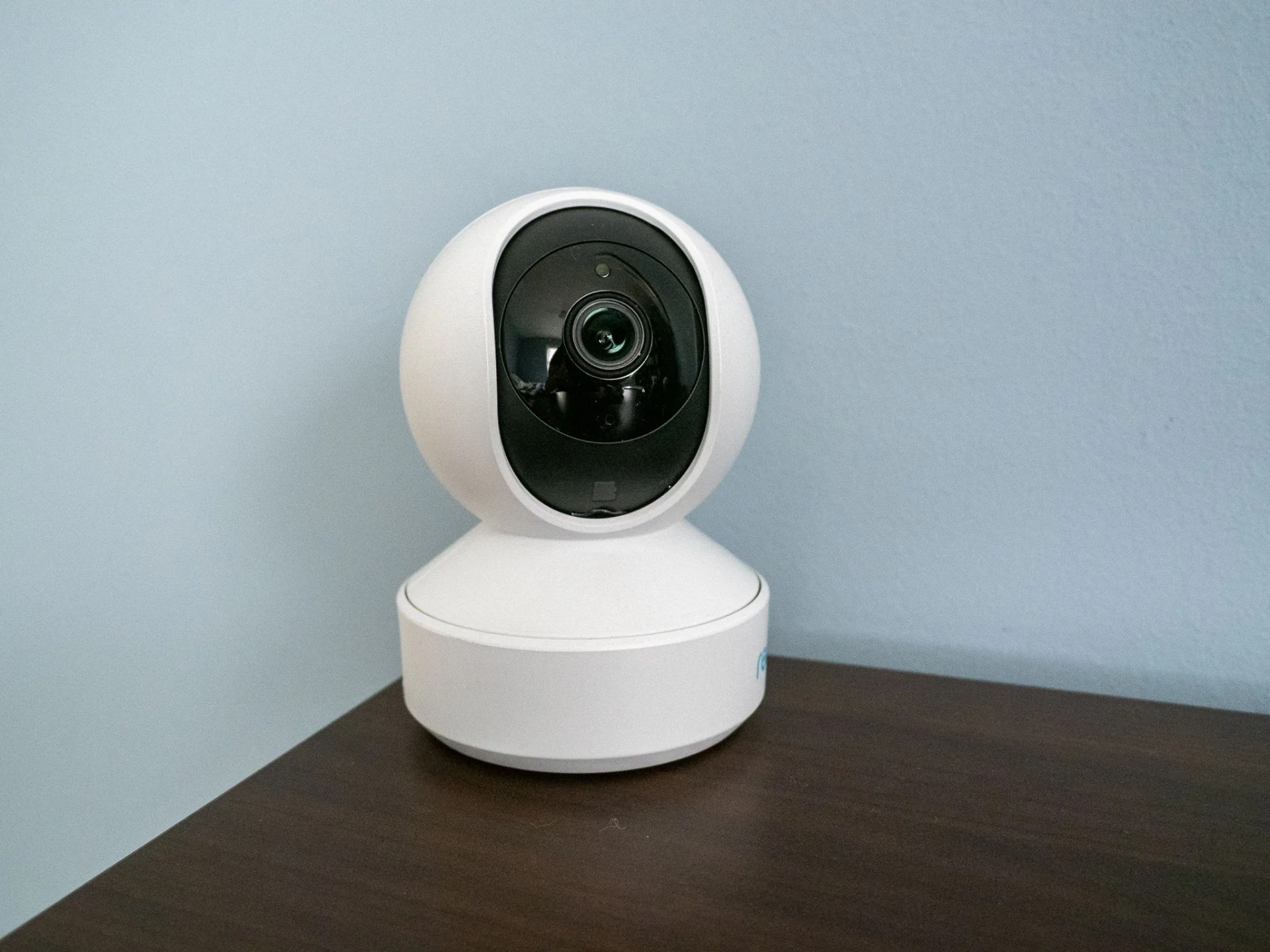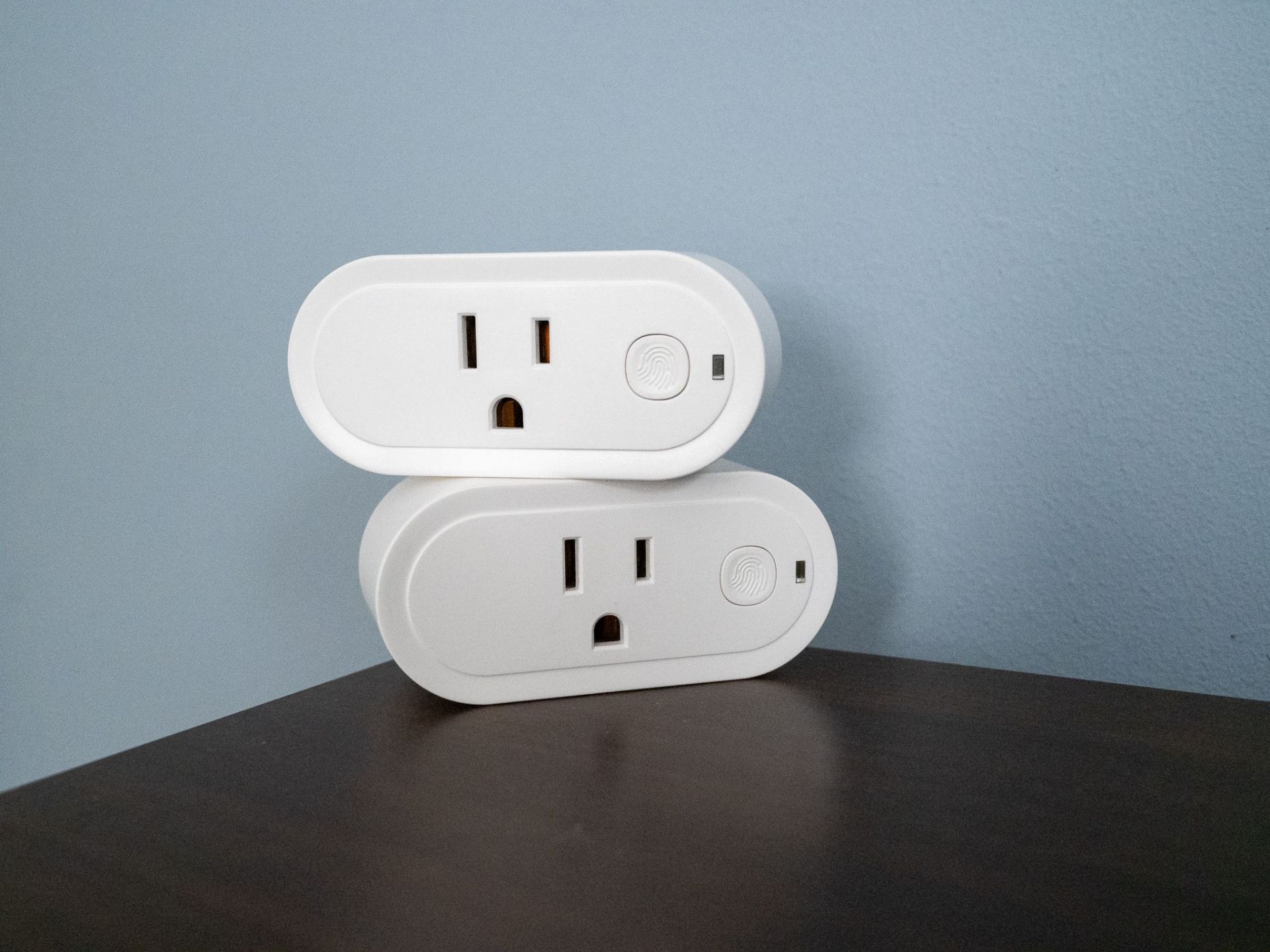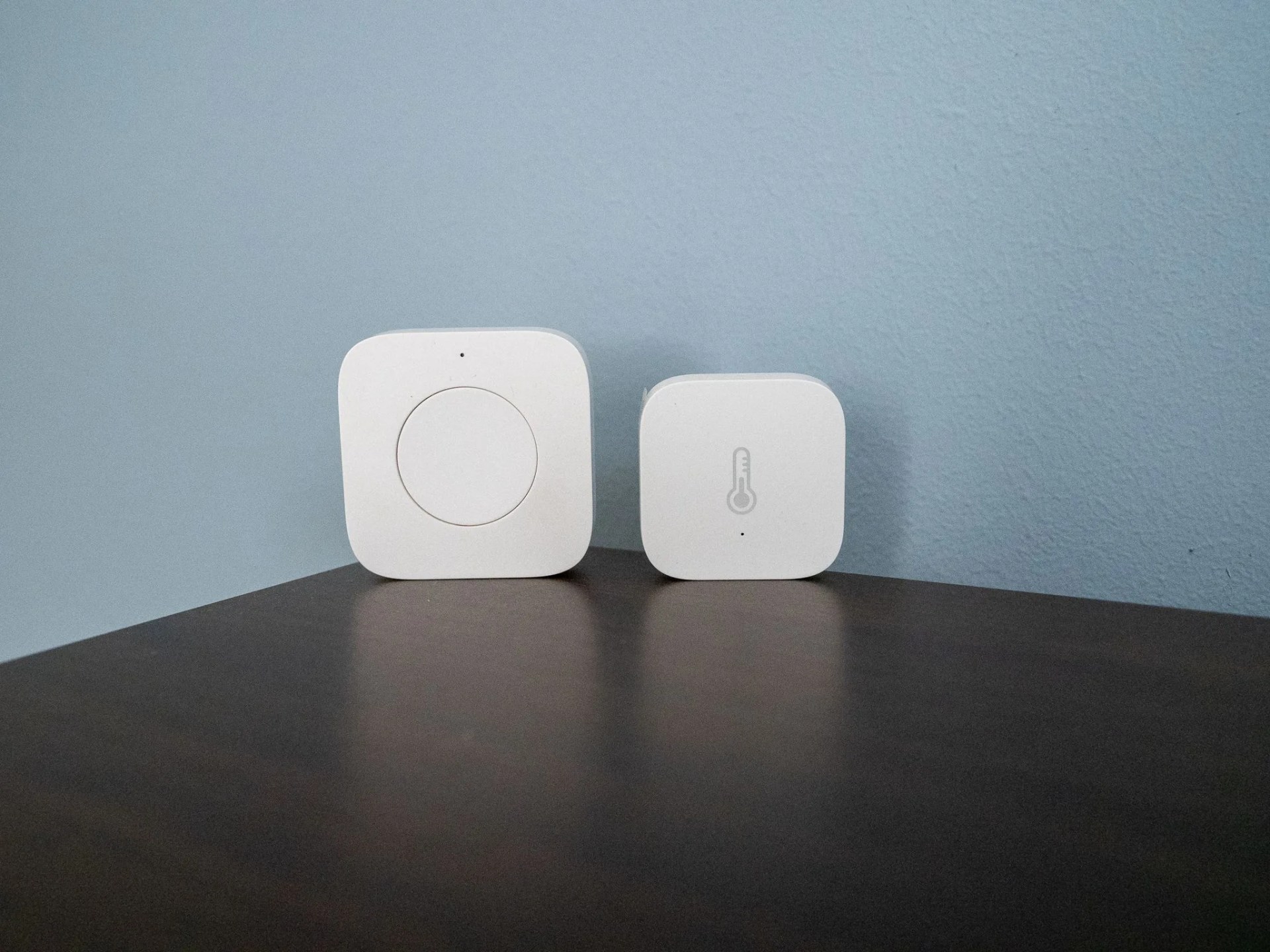Any aspiring smart home junkie eventually hits what I call the Smart Wall. You’ll ask yourself a question like “How do I set my Nest thermostat to have a two-degree temperature window?” You do a little research, and uncover the horribly simple answer: You can’t!
There are two roads away from here. You could move on with your life! Or you could dig in. There must be some way. It should be possible!
It’s with some trepidation that I reveal to you the forbidden truth: It is almost always possible. It’s just … well, it’s very complicated.
Part of what makes it possible is Home Assistant, a free, open-source home automation application. Most smart home gadgets prefer (or require) that you use their parent company’s app and cloud infrastructure. Home Assistant provides a path out of walled gardens and enables all kinds of advanced possibilities by acting as a translator and providing a lingua franca for devices that otherwise cannot communicate. The result? Control (almost) any device with (almost) any other based on (almost) any conditions you want, and control them all from one single app.
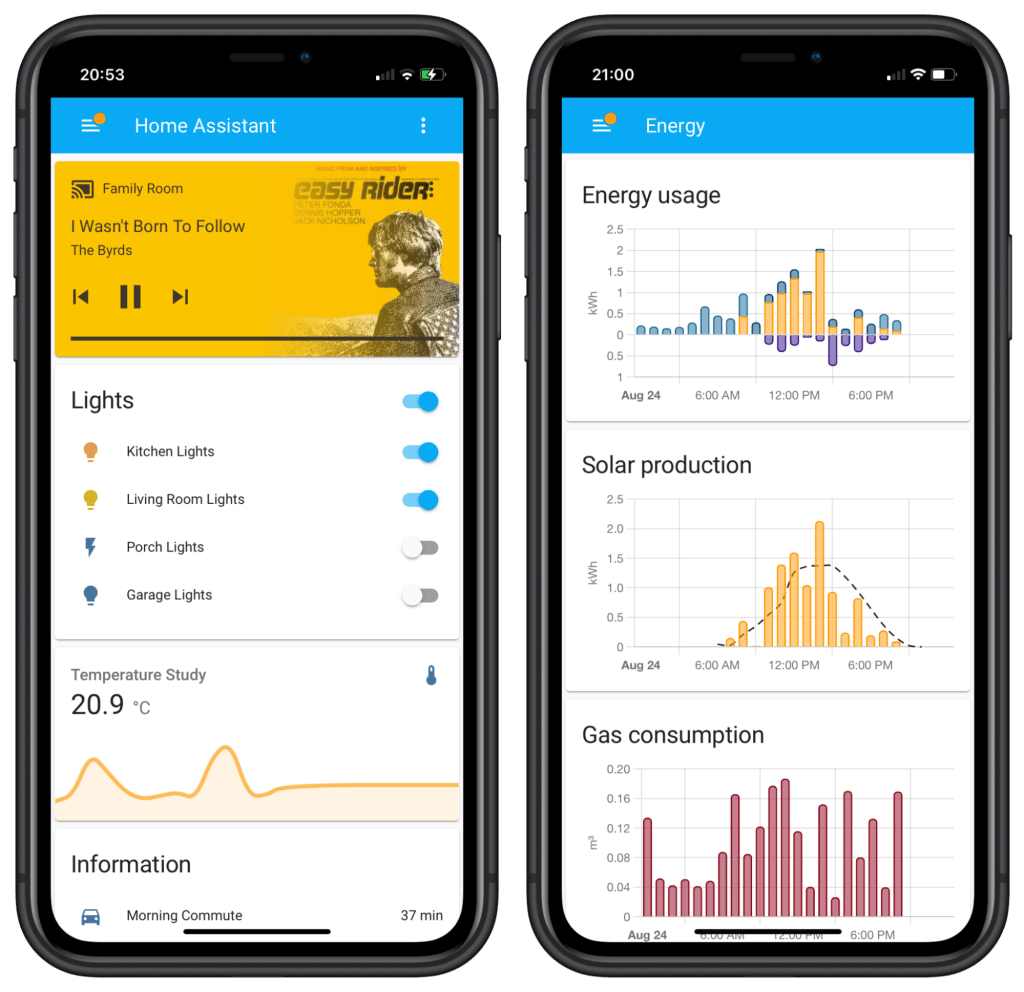
I found Home Assistant after trying to view my Wyze cameras inside the Google Home app (you can’t.) But with Home Assistant, I can see everything in one place, but that’s not all. My crowning smart home achievement? I have button on my nightstand that unites a half-dozen brands to turn off every light in the house and lock the front door if I press it between 9 PM and midnight. Between 4 and 7 AM, it turns on my living room lights to 50 percent brightness until the sun comes up. Then, they get brighter or turn off, depending on the weather.
Home Assistant provides a lingua franca for gadgets that otherwise can’t talk to each other.

